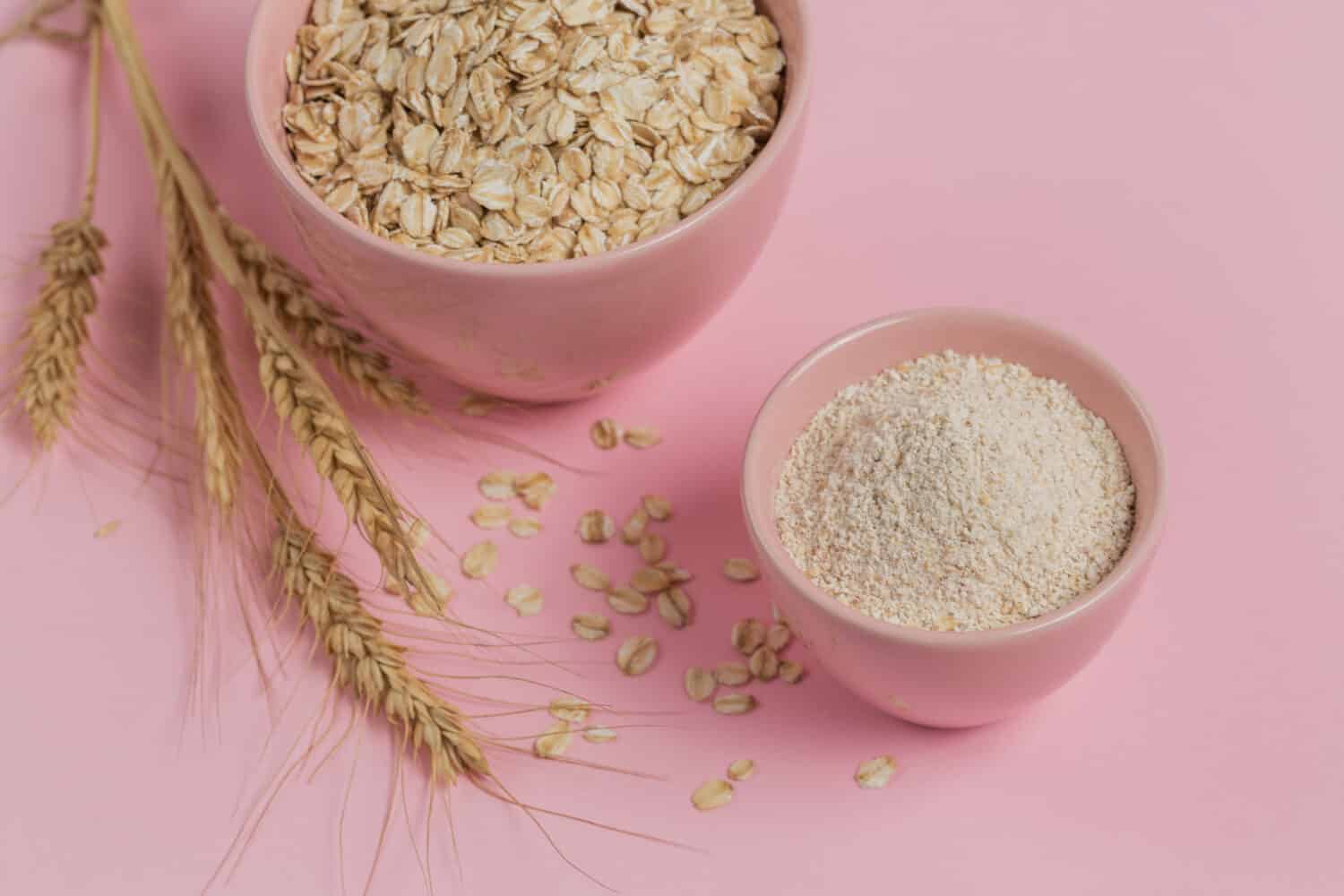Everyone knows that breakfast is the most important meal of the day. Starting your day with hot cereal is one of the best ways to wake up and get the day going. Cream of Wheat and oatmeal are two popular hot cereals made by mixing in either water or milk and cooking to consistency. Both products have faster instant versions. But when it comes to Cream of Wheat vs. Oatmeal, the clear difference is in nutritional value and gluten content.
Cream of Wheat vs. Oatmeal: Nutritional Value
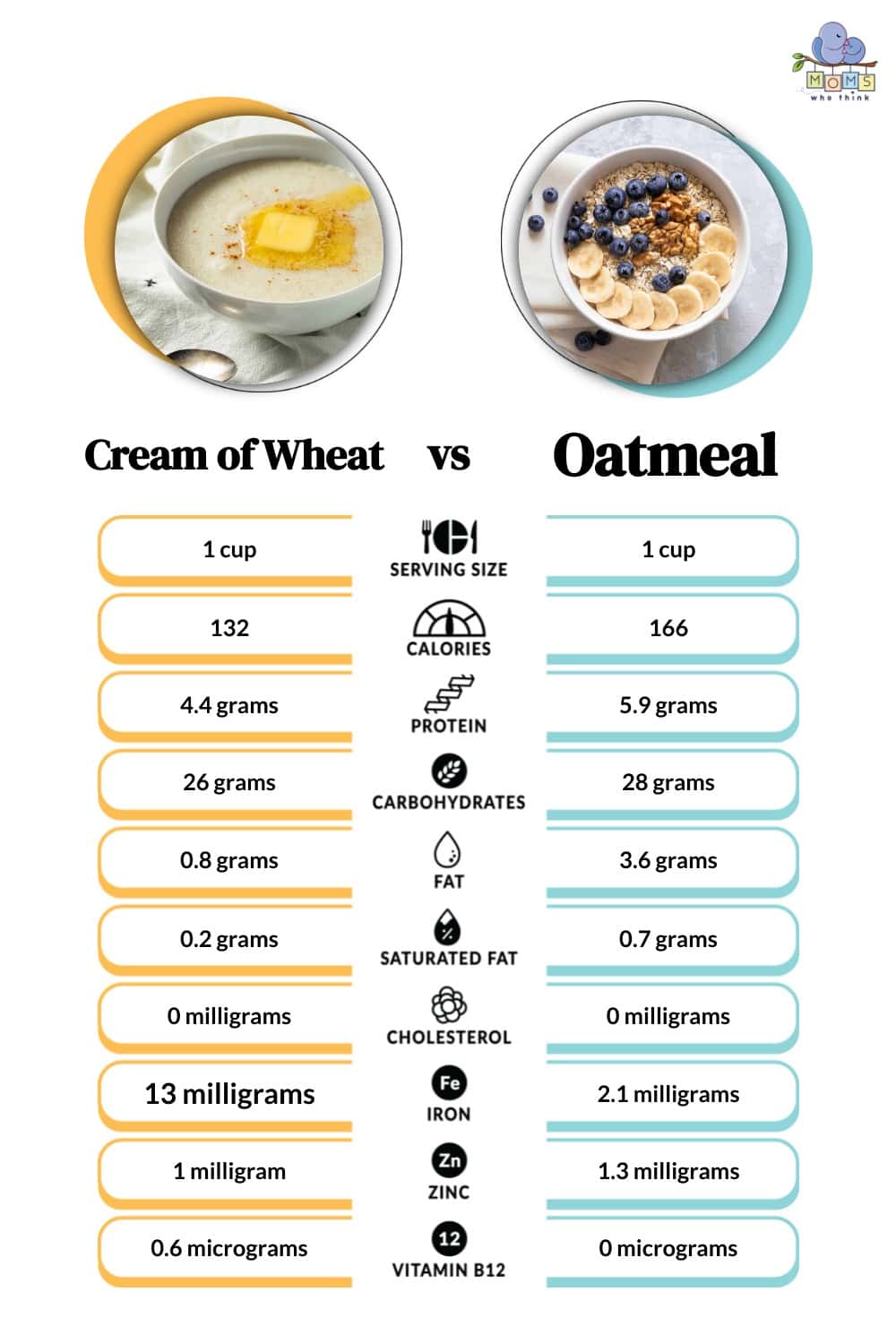
When choosing between hot cereals to start the day, many people look to Cream of Wheat or oatmeal. Both taste great on a chilly morning. And add-ins like honey, maple syrup, sugar, cinnamon, nuts, and raisins make both cereals taste better. For many, the choice between the two comes down to nutritional value. And the two similar cereals have some key nutritional differences.
Oatmeal has more calories than Cream of Wheat, with 166 calories per cup, while Cream of Wheat clocks in at 132. Oatmeal beats Cream of Wheat in protein, with 5.9 grams to Cream of Wheat’s 4.4 grams. Both cereals have a similar amount of carbohydrates, with Cream of Wheat at 26 grams and oatmeal at 28 grams of carbs. Oatmeal has significantly more fat, with 3.6 grams, than Cream of Wheat’s .08 grams. The major difference between the two nutritionally is that Cream of Wheat has significantly more iron than oatmeal. The cereal is fortified with iron and has 13 milligrams per cup, while oatmeal only has 2.1 milligrams per cup.
Overall, both hot cereals have similar nutritional profiles. Cream of Wheat has fewer calories and carbs than oatmeal, but oatmeal has more protein. For those following a low-carb diet, these cereals are close in carbs, but the deciding factor depends on whether you want more protein or iron. Both cereals are great choices for vegetarians and vegans since they can be prone to low iron and protein. However, for diners who follow a gluten-free diet, the clear choice is oatmeal because Cream of Wheat contains gluten. According to Healthline, people with gluten sensitivity or the more serious Celiac should avoid Cream of Wheat.
What is Cream of Wheat?
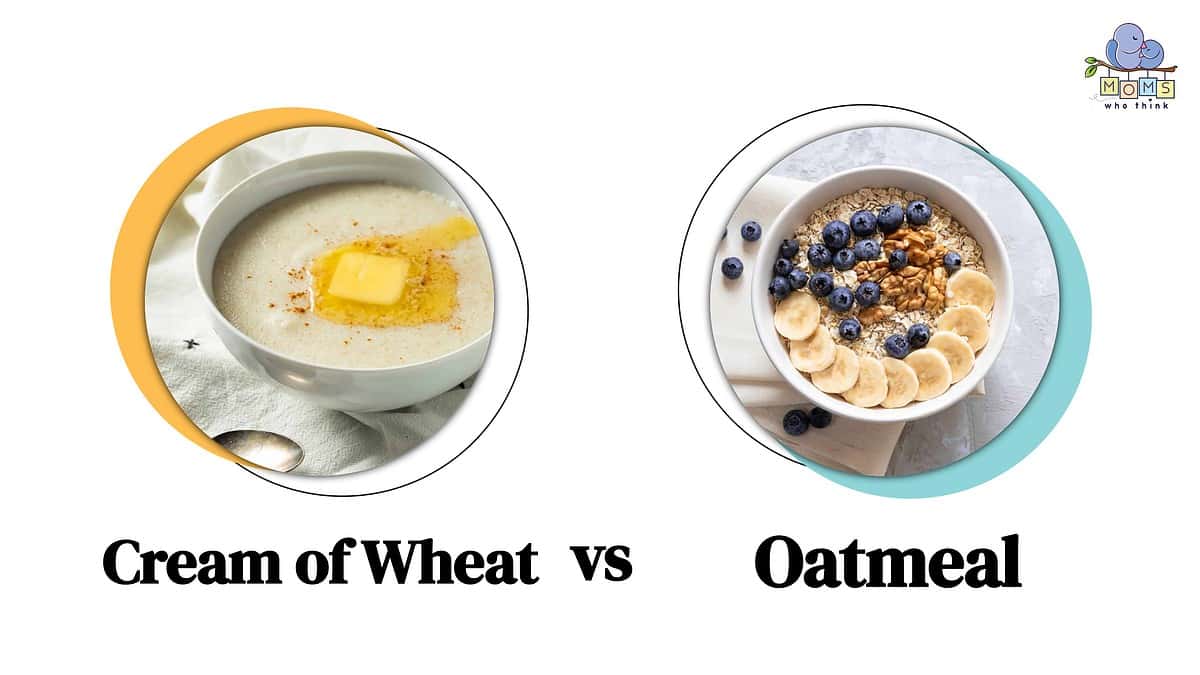
Cream of Wheat is a cereal or porridge made from milled wheat, specifically wheat middlings. The creation of Cream of Wheat was almost an accident. It was first manufactured in 1893 by a miller who was looking for something to do with the parts of wheat that weren't used to make flour. Wheat middlings are part of the wheat berry and are often mixed in feed for livestock, but the millers in a flour mill in North Dakota decided to use them for breakfast porridge. Cream of Wheat was an instant hit, and the cereal has been popular ever since.
As the product became a household name, the company looked for ways to make it better. They created a faster cooking version that cooks at two and a half minutes and an instant version that cooks in one minute. The regular Cream of Wheat took ten minutes to make. Then they started adding flavors like Maple Syrup and Brown Sugar, Apples and Cinnamon, and Cinnamon Swirl.
While the business has consistently done well, the company faced some controversy over its Cream of Wheat logo, which was a black chef in white clothes. The company faced some pressure to change the logo, and in 2020 it did. The new logo features a hot bowl of cereal and sprigs of wheat.
What is Oatmeal?
Oatmeal is made from oats that have been ground, rolled, or steel cut. Oats have been around for a long time. There is evidence that they were consumed in Egypt in 2000 B.C. Even the Romans and Greeks had oats, but they used them for feed for animals and were not an elevated grain for human consumption like wheat. But thanks to Roman cultivation, oats eventually ended up in England and Scotland, where they were easy to cultivate and were incorporated into their diets. Scotland was especially fond of oats, and it's even an ingredient in the Scottish dish haggis. During the Industrial Revolution, mixing oats with water to make a gruel or porridge was a common meal for the working class, and it was often served in workhouses, orphanages, and prisons.
- The must-have convenient reference guide for every home cook!
- Includes more than 8,000 substitutions for ingredients, cookware, and techniques.
- Save time and money on by avoiding trips to grab that "missing" ingredient you don't really need.
Types of Oatmeal
Today, oatmeal is breakfast food, and there are seven types of oatmeal that you can find in most supermarkets, including:
- Old-fashioned oats – These are the most recognized rolled oats and have been steamed and rolled into flakes.
- Quick oats – Quick oats are thinner than old-fashioned oats and cook faster.
- Instant oats – Instant oats are thinner than both old-fashioned and quick oats. They are the fasted cooking oats.
- Steel-cut oats – These oats look different than rolled oats because they are cut into small pieces with a steel blade. These are highly nutritious and have a chewy texture. These look like small pieces of grains or brown rice and need a substantially longer cooking time.
- Scottish oats – This style of oats is stone ground and makes a creamy porridge popular in Scotland. They don't have the texture of steel-cuts and have a softer consistency.
- Sprouted oats – These are germinated oats that have a unique texture and flavor and are highly nutritious.
- Oat flour – This is simply ground-rolled oats.
All of these oats can be used to make oatmeal, but there will be differences in texture and flavor. Oatmeal is the hot cereal version of oats, but uncooked, old-fashioned, quick, and instant oats often make an appearance in muesli, a type of European granola. Steel-cut oats, Scottish oats, sprouted oats, and oat flour should be cooked and not eaten raw.
Oats are naturally gluten-free but are often produced in factories with other products that contain gluten. If you follow a gluten-free diet, look for certified gluten-free oats to ensure you are eating gluten-free oats.
How to Make Cream of Wheat
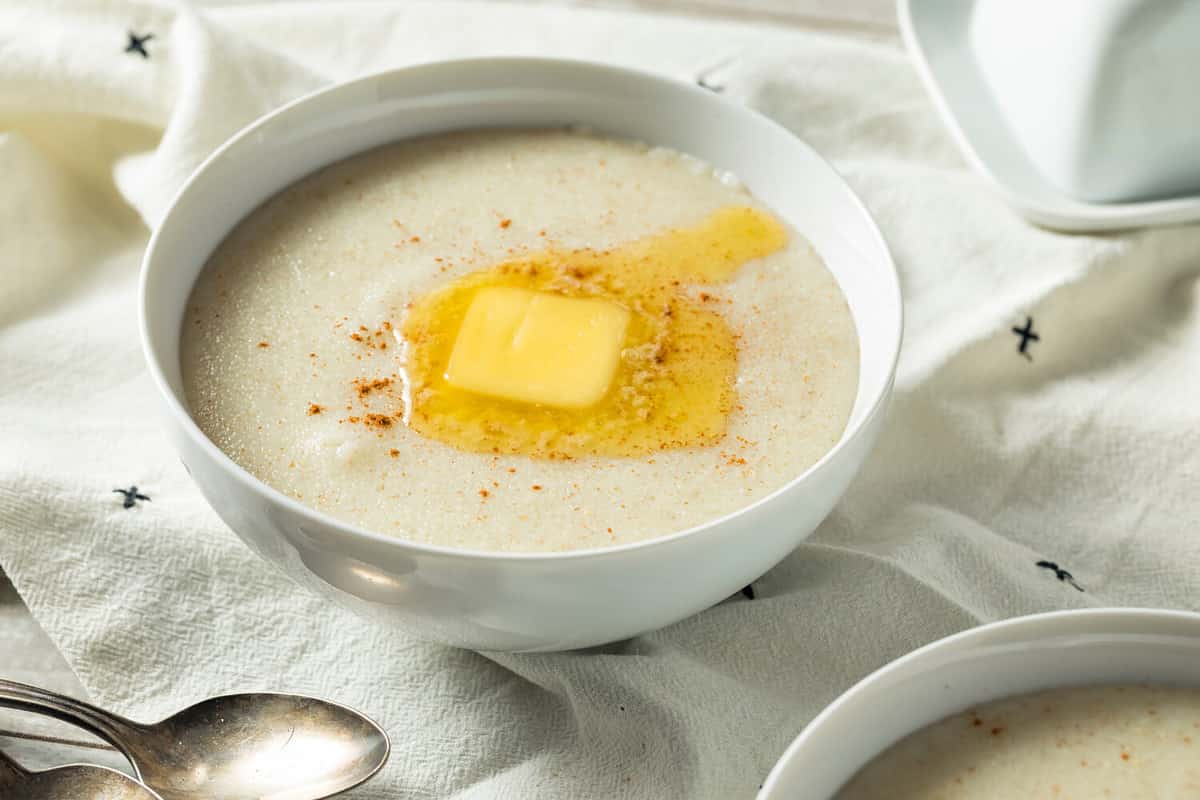
Sweet or savory Cream of Wheat makes a warming meal.
©Brent Hofacker/Shutterstock.com
Cream of Wheat can be made with either water or milk. It's cooked down and becomes a creamy, warm cereal. The pre-packaged flavors of Cream of Wheat lean to the sweet side with fruits like berries and bananas and sweet maple syrup and honey. But Cream of Wheat doesn't just have to be a sweet breakfast; savory cream of wheat is another way to make Cream of Wheat. Similar to grainy grits and Italian polenta, Cream of Wheat can also stand up to savory elements. You can keep it in the breakfast family and add eggs and bacon, or take it in a new direction with roasted veggies or mix in some riced cauliflower and spices. The hot cereal must be served hot, but aside from that, there are no rules about how to use the humble cereal made from wheat middlings.
How to Make Oatmeal
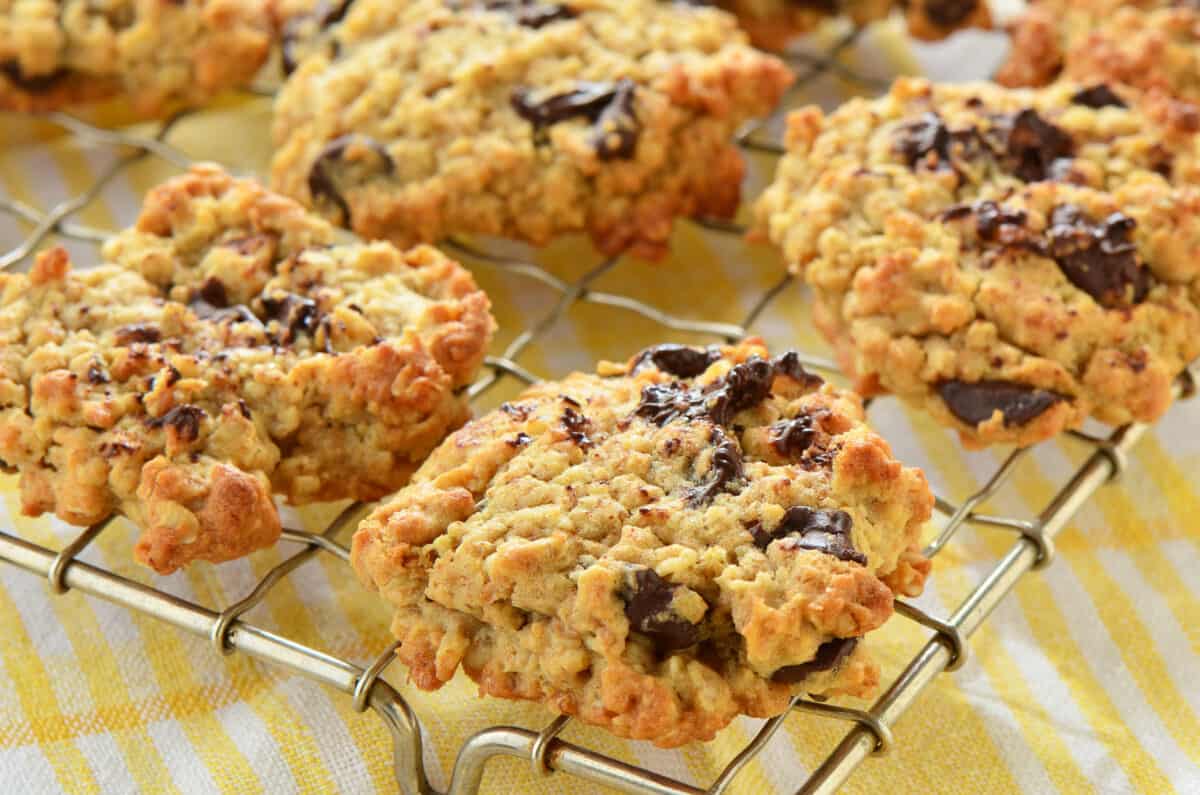
Oatmeal chocolate chip cookies are always a treat.
©photogal/Shutterstock.com
Oatmeal is a popular breakfast food. Similar to other hot cereals, it's better with add-ins. Oatmeal often gets a bad reputation for being a boring but hearty breakfast. It's a filling, hot, and popular choice during the cold winter mornings. But oatmeal isn't just for breakfast; oatmeal is used in desserts like classic oatmeal cookies. Oats are a key player in granola bars and no-bake cookies. They make up part of the crumbly crust of fruit crisps and crumbles. A handful of oats can be added to fruit smoothies, giving them some bulk and texture, and oats are often sprinkled on top of baked loaves of bread. Savory oatmeal is gaining popularity in the culinary scene as an easy and inexpensive lunch or dinner; just add in protein and veggies for a hearty meal.
When it comes to Cream of Wheat vs. Oatmeal, each has its positives and negatives. Gluten-free diners will want to choose gluten-free oats and avoid Cream of Wheat. But for those looking for a low-calorie, iron-rich breakfast porridge, Cream of Wheat is a clear choice.
- The must-have convenient reference guide for every home cook!
- Includes more than 8,000 substitutions for ingredients, cookware, and techniques.
- Save time and money on by avoiding trips to grab that "missing" ingredient you don't really need.
The image featured at the top of this post is ©Svittlana/Shutterstock.com
